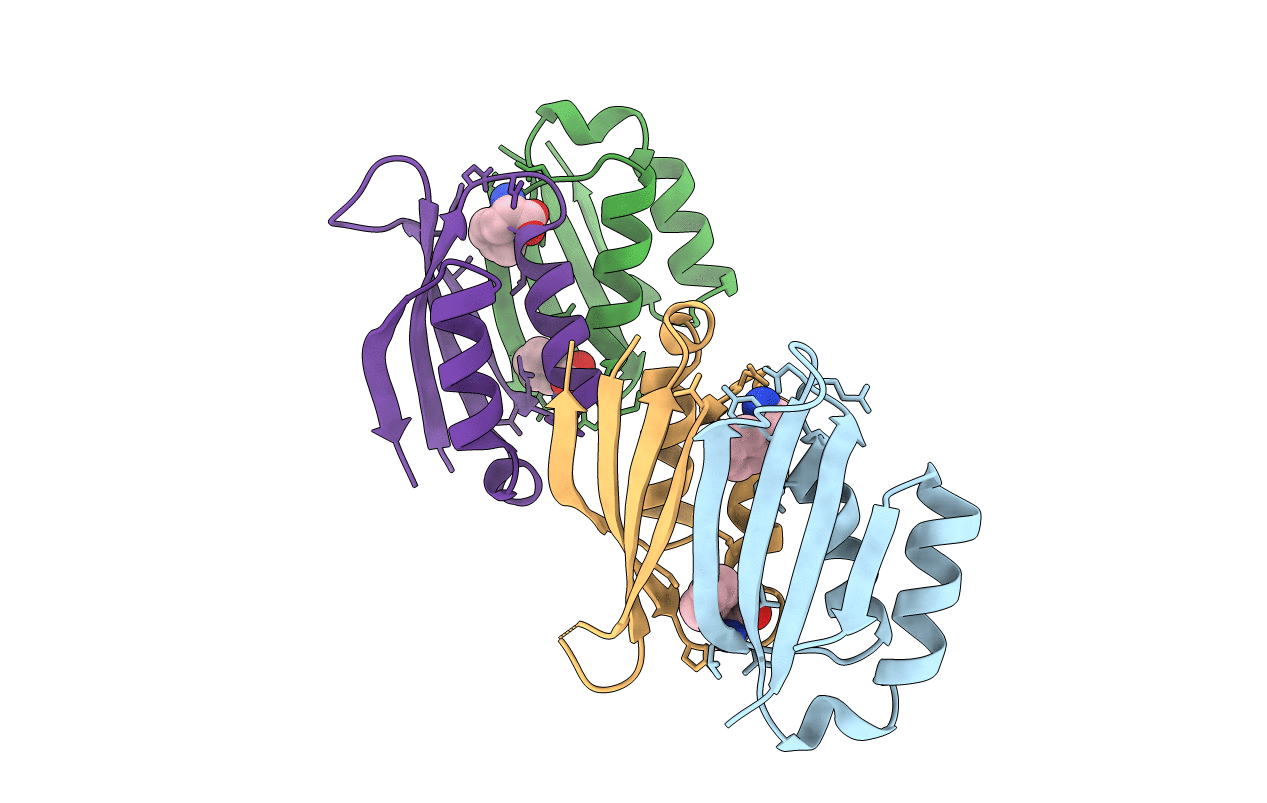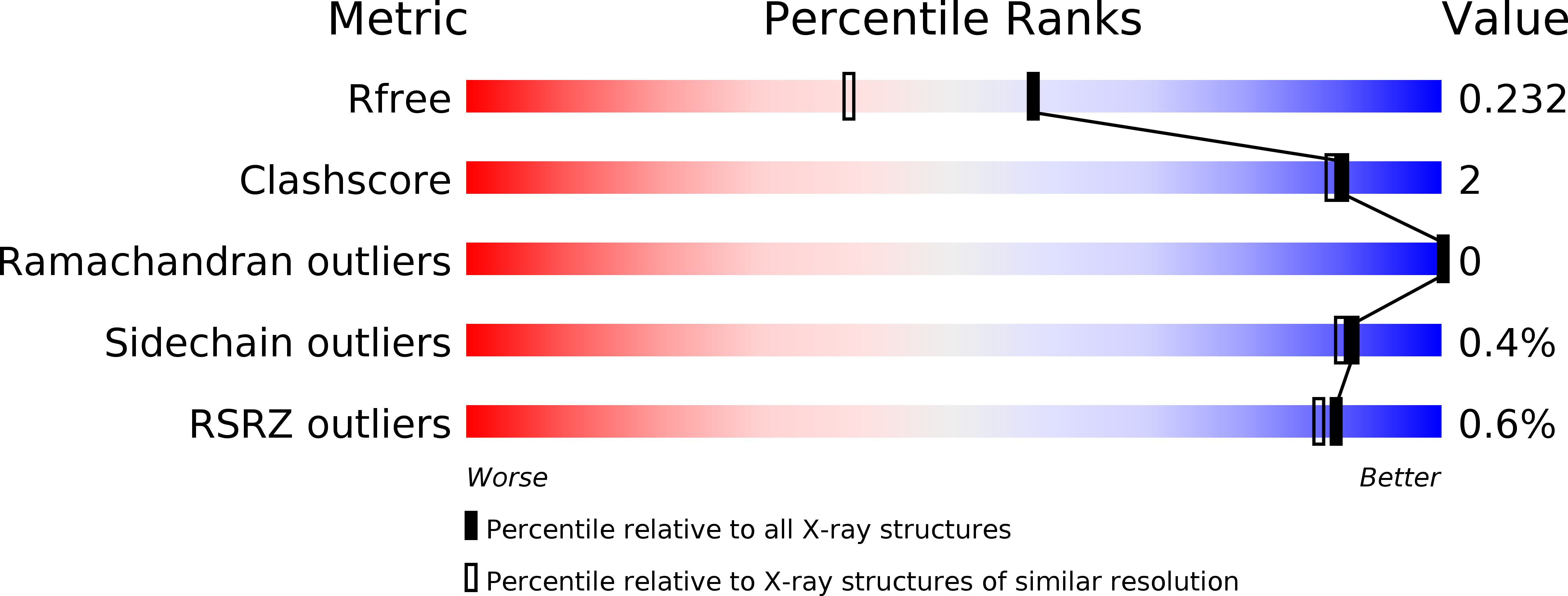
Deposition Date
2015-09-25
Release Date
2016-03-30
Last Version Date
2024-05-08
Entry Detail
PDB ID:
5FII
Keywords:
Title:
Structure of a human aspartate kinase, chorismate mutase and TyrA domain.
Biological Source:
Source Organism:
HOMO SAPIENS (Taxon ID: 9606)
Host Organism:
Method Details:
Experimental Method:
Resolution:
1.80 Å
R-Value Free:
0.22
R-Value Work:
0.17
R-Value Observed:
0.17
Space Group:
P 1


